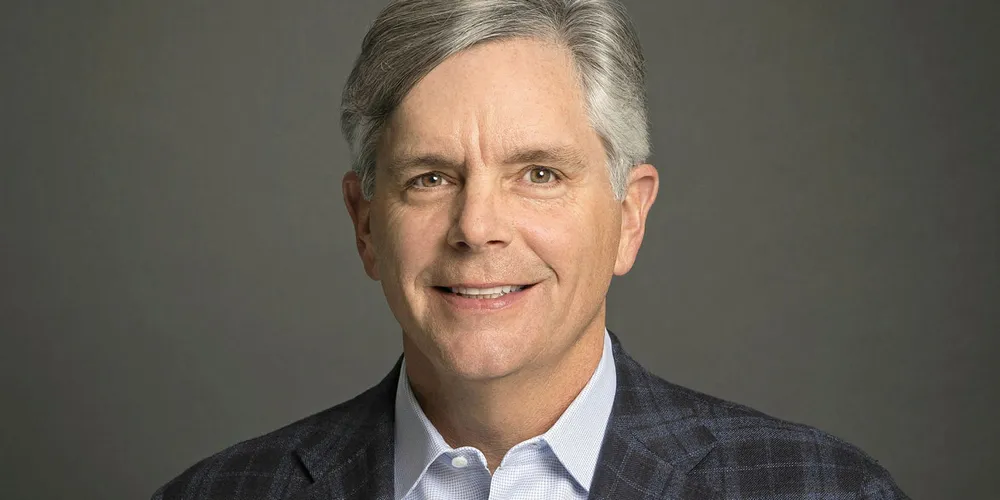GE pledges carbon neutrality by 2030 led by cuts to emissions and energy use
CEO Larry Culp calls power technology giant's target key to meeting 'foremost challenge' of climate change

CEO Larry Culp calls power technology giant's target key to meeting 'foremost challenge' of climate change
